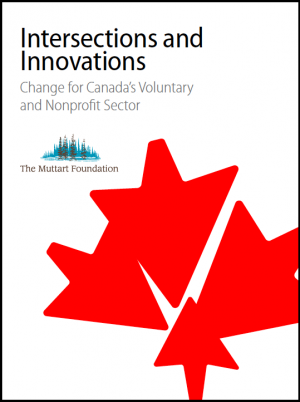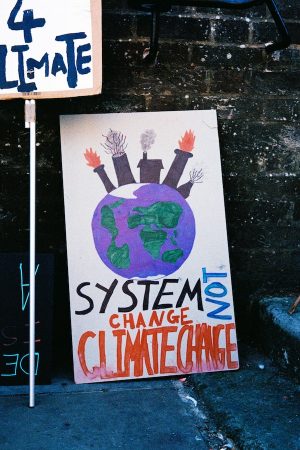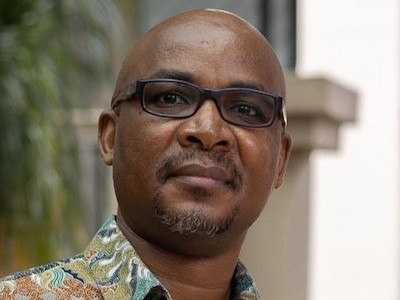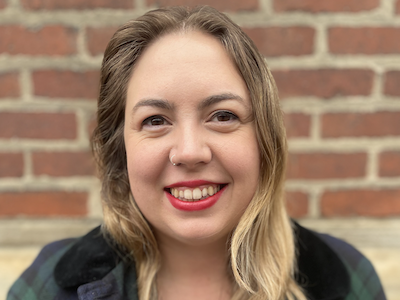Dominique Marshall is a historian in the Department of History at Carleton University. Her projects involve the history of nonprofit and philanthropy and work with the Canadian Network of Humanitarian History. She wrote a chapter in the book Intersections and Innovations, and an excerpt, “Four Keys to Make Sense of Traditions in the Nonprofit Sector in Canada: Historical Contexts” is available on PANL Perspectives. She spoke to Sherlyn Assam about the four keys that inform Canadian philanthropy past and present: political, aristocratic, religious and economic traditions. The interview is edited for length and clarity.
 Can you expand on some religious and political traditions in philanthropy in the past and now?
Can you expand on some religious and political traditions in philanthropy in the past and now?
 Marshall: The relationship between government and church is a question of extent and very often of mutual agreement, not of separate evolutions. So, very often, Canadian funds have been managed and channeled by faith-based organizations in countries that Canada was aiding, and also, the Canadian government in general promoted and supported these faith-based organizations.
Marshall: The relationship between government and church is a question of extent and very often of mutual agreement, not of separate evolutions. So, very often, Canadian funds have been managed and channeled by faith-based organizations in countries that Canada was aiding, and also, the Canadian government in general promoted and supported these faith-based organizations.
If you consider the churches as philanthropic organizations, and you look at church-led residential schools as philanthropic or nonprofit institutions, then the agreement that the state had with these churches is important and tends to be forgotten — especially at times when the worst aspects of Catholic and Protestant residential schools is highlighted. It looks like the churches were doing that all by themselves, but they were condoned, supported, encouraged and fully part of a state system. It was mutually beneficial. The Church did it for its own institutional autonomous reasons, but never could have without the state. And for the state, it was convenient for them to outsource these public functions to institutions that had been used since pre-colonial times to educate, convert and cure. State officials were supposed to inspect and keep standards, which they did unevenly. And sometimes, state responsibility for these philanthropic, institutional abuses isn’t acknowledged enough.
 Is the philanthropic sector mainly about filling gaps and providing resources? What’s its role, compared to the role of the state?
Is the philanthropic sector mainly about filling gaps and providing resources? What’s its role, compared to the role of the state?

Read an excerpt from Dominique Marshall’s chapter, “Four Keys to Make Sense of Traditions in the Nonprofit Sector in Canada: Historical Contexts.”
Marshall: Often, as with Save the Children International and the Canadian Save the Children Fund in the early 1900s, organizations deliberately say, “Here is a need, which is not filled, and until the state takes over, we’ll show that need and fill it.” There’s always the ambition that the state will eventually take on some of that work. Organizations have this self-conscious idea that they’re patching up problems until states intervene.
And philanthropy is experimenting and opening avenues through international solidarity or domestic solidarity, where philanthropy and social movements overlap. Organizations such as Oxfam Canada have done a lot of that and still do; they campaign to attract attention to problems that they hope will eventually be taken on by the state and society, and become more of a public responsibility.
Also, organizations don’t think that one day they’ll vanish. They think that there’s always a place for citizens’ voluntary work and voluntary funding separate from the state, which administers compulsory taxation and universal rights for all. These are different logics and different roles.
 Is there a direct link between social media and the philanthropic sector communicating more with social movements?
Is there a direct link between social media and the philanthropic sector communicating more with social movements?
Marshall: I see these things more as a transformation of communications. For a recent article, I interviewed four communication officers of organizations, asking them, “How have you, over the last decade, transformed your use of visual media, visual social media, and photos?” The transformations have been extremely fast, and they create quick communities. The communication officers said people tell their stories on social media — donors, workers, recipients, and solidarity groups tell short stories. The power of those in social media is extraordinary.
 The other interesting fact is that communications people have long produced ethical guides for the production of communication. If you publish a picture of a starving kid isolated in the middle of a desert, how can you respect the people that you’re talking about in philanthropic communications and not diminish them? How can you engage in ethical relationships to produce visual and communications content? They were thinking about that during the Armenian genocide in the 1910s. During the Russian famine in 1919 or 1920, Save the Children employees debated if you could actually show a child dying on film.
The other interesting fact is that communications people have long produced ethical guides for the production of communication. If you publish a picture of a starving kid isolated in the middle of a desert, how can you respect the people that you’re talking about in philanthropic communications and not diminish them? How can you engage in ethical relationships to produce visual and communications content? They were thinking about that during the Armenian genocide in the 1910s. During the Russian famine in 1919 or 1920, Save the Children employees debated if you could actually show a child dying on film.
Today, these philanthropic organizations are better equipped than many to face the disorder, chaos or abundance of communications. They face it carefully, as they try to maintain the trust of their stakeholders.
 In your chapter, you discuss Indigenous populations and their relations to philanthropy. How does it differ or overlap with Canadian philanthropy?
In your chapter, you discuss Indigenous populations and their relations to philanthropy. How does it differ or overlap with Canadian philanthropy?
Marshall: I try to weave the thread of Indigenous histories through the whole chapter. So, when I talk about family solidarity, which is a different kind of solidarity than philanthropic and nonprofit solidarity, I talk about indigenous traditions. I try to discuss the traditions in their association with more modern movements of human rights and humanitarian aid and their relationships with movements like Oxfam Canada, where early on, there was advocacy work and solidarity in the movement against the Mackenzie Valley pipeline or low-flying planes in Newfoundland for example.
 You write that many colonizers who came to Canada were poor and in need of philanthropy in their own countries. Can you speak more about that history?
You write that many colonizers who came to Canada were poor and in need of philanthropy in their own countries. Can you speak more about that history?
Marshall: When people talk about colonialism, and settler colonialism, they often think about rich people who came over — heads of religious communities, heads of trading companies, heads of governments and their attendants, and rich explorers. However, they brought many people who were bound labourers, who couldn’t break their contracts for seven years. These labourers were orphans, such as the Filles du Roi, or children who were apprenticed in ways that are pre-industrial and feudal. They were poor people who came here because they were either pushed out of Europe or attracted to more wealth here. These people were themselves subjected to unfair, reductive treatment. Many layers of unevenness, and many layers of philanthropy, and many traditions of philanthropy pile on each other. I hope I complicated the story and gave people a vocabulary to recognize and try to make sense of these many layers and trends.
Sherlyn Assam is a graduate student in the MPNL program and a Research Assistant for PANL Perspectives — and is on LinkedIn and Twitter. Photo of waves is courtesy of Dan Stark and photo of banner is courtesy of Scott Evans.
Wednesday, October 20, 2021 in Leadership & Governance
Share: Twitter, Facebook



